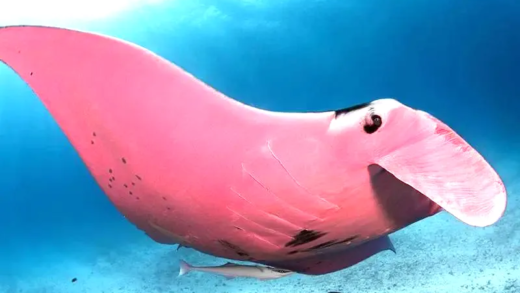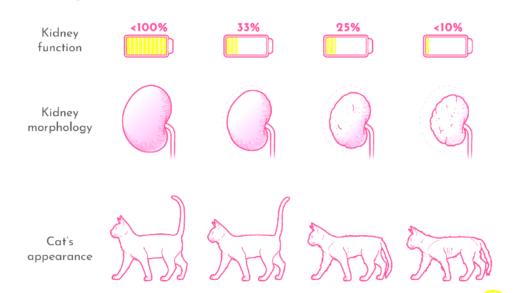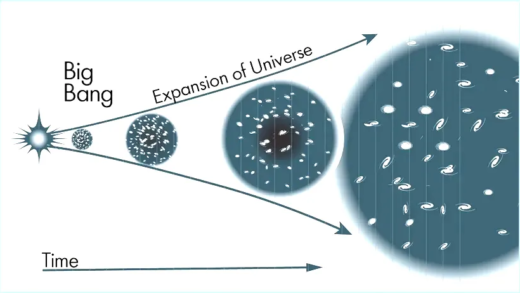This article explores the fascinating world of non-dinosaur animals from the Cretaceous period, discussing their adaptations, unique features, and the impacts of extinction. It highlights the roles these creatures played in their ecosystems and their connections to modern wildlife, while also addressing common misconceptions about prehistoric life.
Cretaceous Creatures That Weren’t Dinosaurs
Cretaceous animals were not limited to dinosaurs. In fact, the diversity of life during this period was astounding. Among the prominent non-dinosaur Cretaceous creatures were ammonites, pterosaurs, and marine reptiles. Ammonites were mollusks with spiral shells, thriving in the oceans. Their intricate shell designs are often found as fossils, showcasing their beauty and complexity. Pterosaurs, flying reptiles of the Cretaceous, soared through the skies. With wingspans ranging from a few feet to over 30 feet, they were the largest flying animals of their time. Marine reptiles, such as mosasaurs and plesiosaurs, dominated the seas, exhibiting various adaptations for swimming and hunting.
This variety illustrates how non-dinosaur animals played essential roles in their ecosystems. Their adaptations allowed them to occupy different ecological niches, contributing to the rich tapestry of life during the Cretaceous period. Understanding these creatures expands our knowledge of prehistoric life and highlights the complexity of Cretaceous ecosystems beyond the dinosaurs.
Adaptations of Non-Dinosaur Animals
Non-dinosaur Cretaceous animals developed unique adaptations to thrive in their environments. These adaptations included physical traits such as body shape, size, and specialized features. For instance, pterosaurs had lightweight bones and elongated wings, enabling them to glide effortlessly. Their beaks varied in shape, allowing for different feeding strategies, from catching fish to scavenging.
Marine reptiles like the plesiosaur had long necks and streamlined bodies, ideal for navigating through water. Their flippers helped them propel through the ocean, making them efficient hunters. On land, some early mammals adapted to nocturnal lifestyles, developing keen senses to navigate through dense vegetation.
These survival strategies highlight how non-dinosaur animals in the Cretaceous were not merely passive participants in their ecosystems but active players. Understanding these adaptations gives insight into how species evolve in response to environmental pressures, shedding light on the intricate balance of prehistoric life.
Unique Features of Non-Dinosaur Animals
Non-dinosaur animals of the Cretaceous exhibited several unique features that distinguished them from their dinosaur counterparts. One notable aspect was their reproductive strategies. Many non-dinosaur species, such as certain birds, laid eggs with hard shells, protecting their young from predators and environmental hazards. This contrasts with some dinosaurs that had different nesting behaviors.
Furthermore, the physical characteristics of non-dinosaur creatures varied widely. For example, ammonites showcased remarkable shell patterns, while marine reptiles like the ichthyosaur resembled modern dolphins, highlighting convergent evolution. The diversity of body shapes and sizes among non-dinosaur species reflects their adaptive strategies to different habitats.
These unique features illustrate the complexity of life in the Cretaceous period, showcasing that non-dinosaur animals were not just side notes in the history of prehistoric life. Their adaptations and characteristics contributed significantly to the ecological dynamics of their time, enriching our understanding of evolution and biodiversity.
The Impact of Extinction Events
The mass extinction event at the end of the Cretaceous significantly affected non-dinosaur species. This event, triggered by a catastrophic asteroid impact, led to the extinction of approximately 75% of Earth’s species, including many non-dinosaur Cretaceous creatures. Among the affected were marine reptiles like mosasaurs and plesiosaurs, which were once dominant in the oceans.
After the extinction, the ecological landscape changed dramatically. Non-dinosaur mammals and birds faced new challenges and opportunities. For instance, early mammals that survived adapted to the reduced competition and began to diversify. Some key impacts of the extinction event include:
- Loss of Habitat: Many ecosystems collapsed, leading to habitat loss for numerous species.
- Food Chain Disruption: The extinction of large predators affected the entire food web, altering prey dynamics.
- Evolutionary Opportunities: Surviving species could exploit new niches, leading to rapid diversification.
Understanding these consequences helps us appreciate the resilience of life. The extinction event was a turning point, shaping the evolutionary pathways of the surviving non-dinosaur species.
Roles of Non-Dinosaur Animals in Ecosystems
Non-dinosaur animals played crucial roles in Cretaceous ecosystems. Their interactions with each other and their environments were vital for maintaining ecological balance. These creatures occupied various ecological niches, which contributed to the overall health of their habitats. Key roles included:
- Pollinators: Certain non-dinosaur insects, like early bees, helped pollinate plants, promoting biodiversity.
- Prey and Predators: Non-dinosaur mammals and marine reptiles served as both prey and predators, influencing population dynamics.
- Decomposers: Smaller non-dinosaur creatures contributed to nutrient cycling by breaking down organic matter.
The interactions among these species created complex food webs, allowing ecosystems to thrive. By exploring these roles, we can gain insights into how life forms adapt and contribute to their environments.
Prehistoric Mammals and Birds
During the Cretaceous, various prehistoric mammals and birds existed alongside the dominant dinosaurs. Early mammals, often small and nocturnal, began to diversify into different forms. Examples include:
- Hadrocodium: One of the earliest known mammals, it had a complex ear structure, allowing for better hearing.
- Early Birds: Species like Archaeopteryx showcased the link between reptiles and birds, featuring feathers and wings.
- Flightless Birds: Some birds adapted to ground living, evolving unique traits for survival.
These mammals and birds represent the evolutionary beginnings of modern species. By studying them, we can trace the lineage of contemporary wildlife and understand their adaptations in response to environmental changes. The diverse life forms of the Cretaceous set the stage for future evolutionary developments, demonstrating the intricate tapestry of prehistoric life.
Size and Behavior of Non-Dinosaur Animals
Cretaceous animals included a variety of non-dinosaur species that exhibited remarkable size and behavior. Cretaceous animals ranged from the small, agile mammals to the enormous marine reptiles. For example, the largest known pterosaur, Quetzalcoatlus, had a wingspan that could exceed 30 feet, making it the largest flying creature of its time. In contrast, smaller mammals like the early multituberculates were about the size of a modern-day rat, showcasing the diversity in size among non-dinosaur fauna.
Behaviorally, these creatures adapted to their environments in unique ways. Marine reptiles, such as ichthyosaurs, were fast swimmers, hunting fish with incredible speed. Meanwhile, some non-dinosaur birds adapted to life on land, developing foraging behaviors to find food in dense forests. These behavioral adaptations highlight the ecological niches these animals occupied, demonstrating that non-dinosaur animals were not just survivors but active participants in their ecosystems.
Studying Cretaceous Wildlife
Scientists employ various methods to study Cretaceous wildlife and uncover the mysteries of these ancient animals. Paleontologists utilize fossil evidence, including bones, teeth, and footprints, to piece together the lifestyles of non-dinosaur animals. Advanced imaging techniques, like CT scans, allow researchers to visualize the internal structures of fossils without damaging them, offering insights into the biology of these creatures.
Moreover, sediment analysis helps scientists understand the environmental conditions in which these animals lived. By examining the types of rocks and minerals associated with fossil finds, researchers can infer climate conditions and habitat types. Additionally, comparative anatomy with modern species aids in reconstructing the evolutionary relationships between Cretaceous non-dinosaurs and their contemporary relatives.
Debunking Misconceptions
Many misconceptions surround non-dinosaur Cretaceous wildlife. A common myth is that all prehistoric creatures were dinosaurs; however, the reality is that numerous unique species thrived during this era. For instance, while dinosaurs dominated terrestrial ecosystems, marine reptiles and flying pterosaurs were equally significant players in their respective environments.
Another misconception is the belief that all non-dinosaur animals were small and insignificant. In truth, many non-dinosaur species, like the massive mosasaurs, were apex predators in their ecosystems. Addressing these myths clarifies the importance of non-dinosaur animals in understanding the complexity of Cretaceous life and highlights their contributions to the evolutionary narrative.
Links to Modern Species
Connections between non-dinosaur Cretaceous animals and modern species are fascinating. For example, the ancestors of today’s birds evolved from small theropod dinosaurs, and many characteristics of these early birds can be seen in modern avian species. Similarly, mammals that survived the Cretaceous extinction event led to the diverse range of mammals we see today.
Furthermore, the adaptations seen in Cretaceous marine reptiles can be traced to some modern aquatic animals. For instance, the streamlined bodies of ichthyosaurs bear resemblance to contemporary dolphins. These evolutionary links illustrate how the traits developed by non-dinosaur Cretaceous animals have influenced the biodiversity we observe in today’s ecosystems.





Comments are closed.